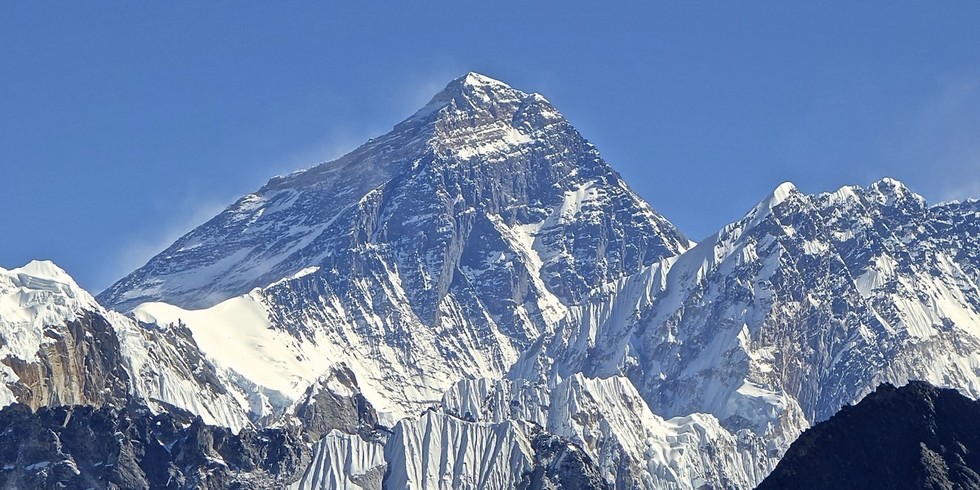The Himalayan Mountains and Tibetan Plateau, dubbed the “Third Pole” for having the largest ice mass on Earth after the polar regions, are rapidly losing their glaciers. Eighteen percent of China’s glaciers have vanished in the past 50 years according to the Chinese Academy of Sciences. Air pollution and rising air temperatures are combining to increase glacial melt, threatening water supplies for one billion people.
Glacial surfaces are vulnerable to the effects of black carbon. What, exactly, is black carbon? The U.S. Environmental Protection Agency (EPA) defines it as “the most strongly light-absorbing component of particulate matter (PM), and is formed by the incomplete combustion of fossil fuels, biofuels and biomass.” Airborne black carbon absorbs sunlight, creating local atmospheric warming. Deposited on glaciers, it darkens the surface, allowing the sun to warm the snow and ice just as wearing dark clothing on a summer day can make you feel the heat.

